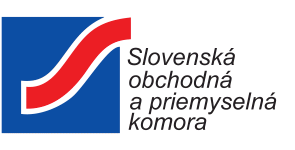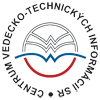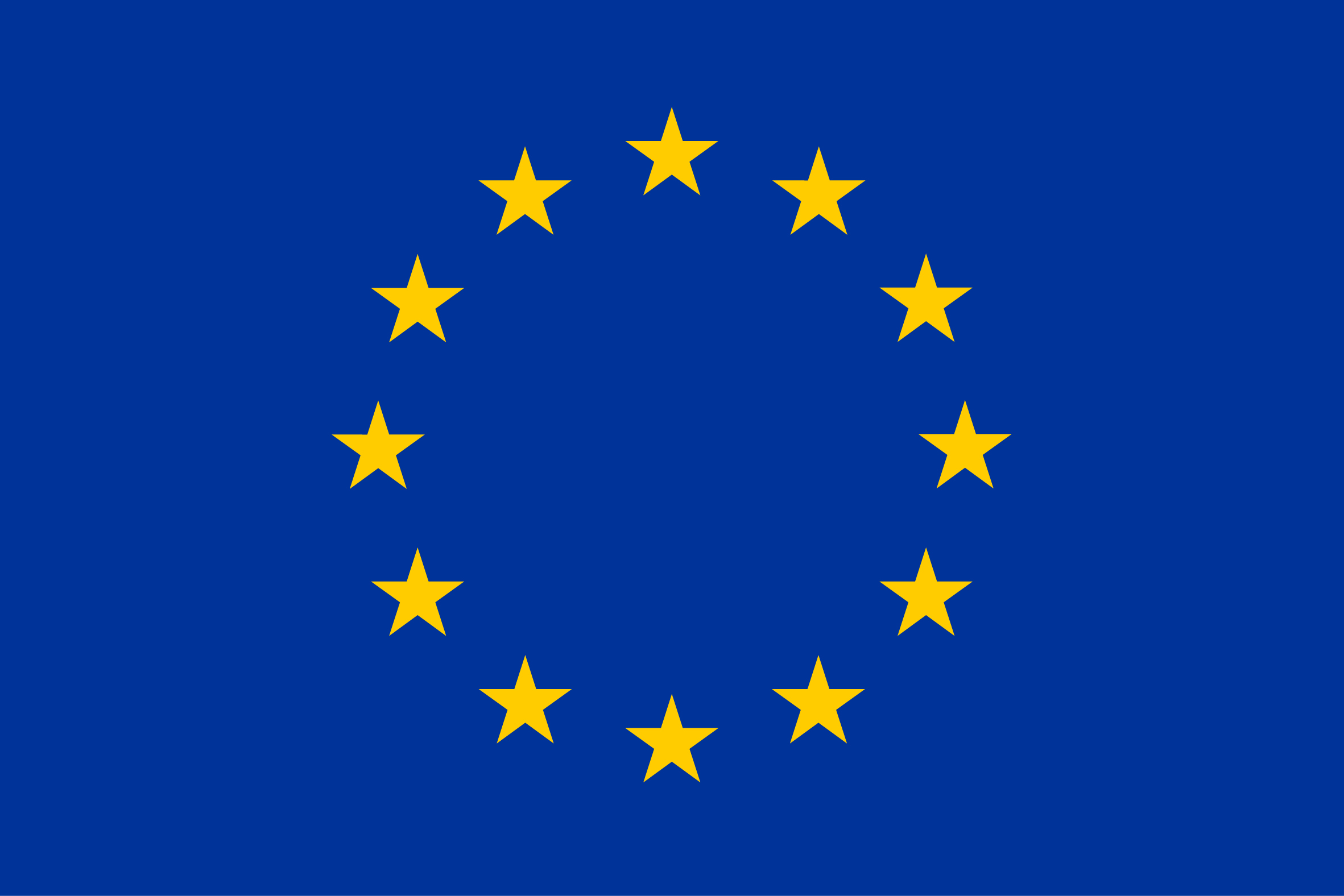Summary:
A Swiss university offers a vaccine against Salmonella and a method to produce such a vaccine. Previous vaccination treatments against Salmonella have failed because the bacteria rapidly evolve to escape the immune response. The newly developed “trap vaccine” weaponizes this rapid evolution against the pathogens by driving their evolution into a dead-end, which renders the bacteria harmless. Industry partners for licensing agreements are sought.
Description:
BACKGROUND:
The non-Typhoidal Salmonella (NTS) serotypes are a primary cause of foodborne illnesses worldwide. As well as causing infections, these bacteria are very often asymptomatically carried in the intestinal microbiota of livestock, which is a major concern in pigs and chickens. The main preventive measures currently are hygiene practices such as handwashing, safe food preparation, quarantine, as well as antibiotics treatment. However, antibiotic resistance is rapidly spreading, and so there is pressing need for a vaccine.
Vaccinations are known to protect against pathogens such as bacteria or viruses. They direct the body to form protective antibodies (Immunoglobulin A, IgA), and have been successfully used against some intestinal infections. However, a vaccine inducing such an immune response also exerts pressure on the pathogen to evolve and to avoid IgA binding through mutational changes (formation of “escape variants”). This explains why there are presently no successfully licensed vaccines for either human or large-animal use against non-Typhoidal Salmonella (NTS) on the market.
INVENTION:
The trap vaccine plays chase with Salmonella, forcing it into an evolutionary trade-off: The bacteria can only escape the vaccine by becoming a weaker pathogen. The vaccine drives the outgrowth of Salmonella mutants with altered surface structures (very short O-antigens). Fig. 1 shows the O-antigens as blue dots. The O-antigens are the long repetitive glycan portion of lipopolysaccharide, which thickly carpets the surface of Salmonella. Mutants with very shorth O-antigens have a major fitness disadvantage, meaning the bacteria arrive at an evolutionary dead-end where the virulence in the naïve host is attenuated and transmission to healthy animals no longer possible. Without bacteria transmission, disease spread is prohibited and herd immunity can be achieved.
The vaccine was designed by carrying out cycles of vaccinations and infections in animals, always re-isolating the escape mutants of Salmonella from the faeces (fig. 2). These re-isolates are characterized and then selected variants are used to assemble a novel vaccine combination. This vaccine is a cocktail composed of dead (“chemically inactivated”) bacteria and their adapted mutant clones, which the livestock animals can simply swallow for vaccination treatment.
In vivo vaccinations against non-typhoidal Salmonella in mice and pigs have been successfully concluded.
Potential product and market:
Beyond Salmonella vaccination, this novel "evolutionary trap" approach has a great potential as prophylaxis for diseases caused by common, increasingly antibiotic resistant, Enterobacteriaceae in both, humans and farm animals.
Although an initial market is likely to be found in pig rearing, vaccination treatments for other animal species and humans are envisioned, with market potential in the field of pandemic strain targeting and personalized medicine.
Desired cooperation:
The Swiss university is looking for a licensing partner from industry who is already well situated in the veterinary medicine market and who will use the “evolutionary trap” approach to produce and sell Salmonella vaccines.
Type (e.g. company, R&D institution…), field of industry and Role of Partner Sought:
The specific area of activity of the partner:
- producer of veterinary medicine
The tasks to be performed by the partner sought:
- pursue development to market ready product
- produce and sell product
Stage of Development:
Field tested/evaluated
Comments Regarding Stage of Development:
Tested in mice and pigs.
IPR Status:
Patent(s) applied for but not yet granted
Comments Regarding IPR Status:
Since May 2020 in patent cooperation treaty (PCT) phase.
External code:
TOCH20210210001








